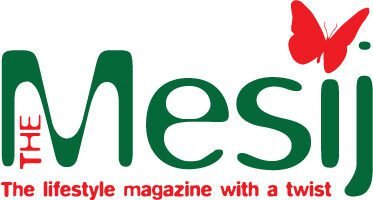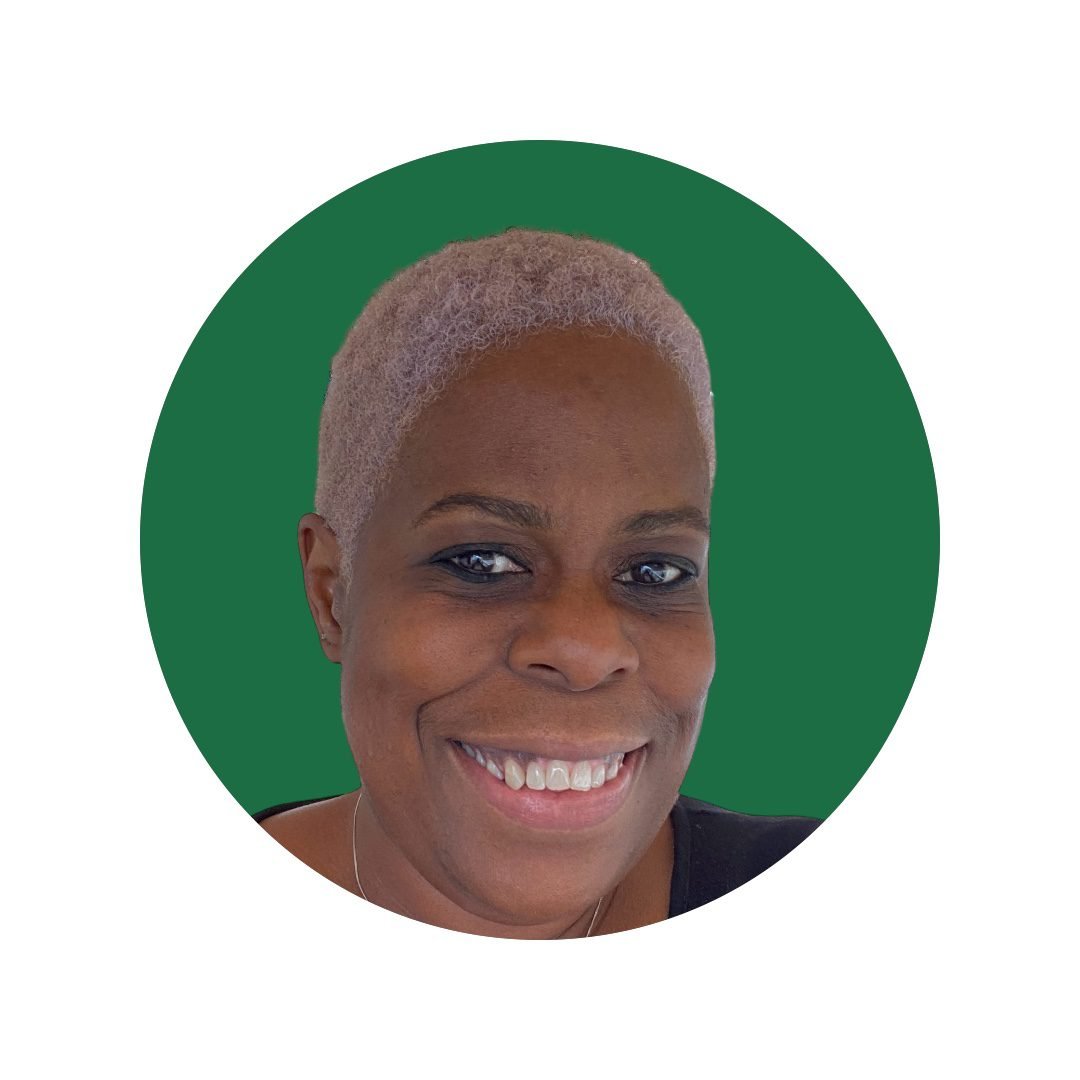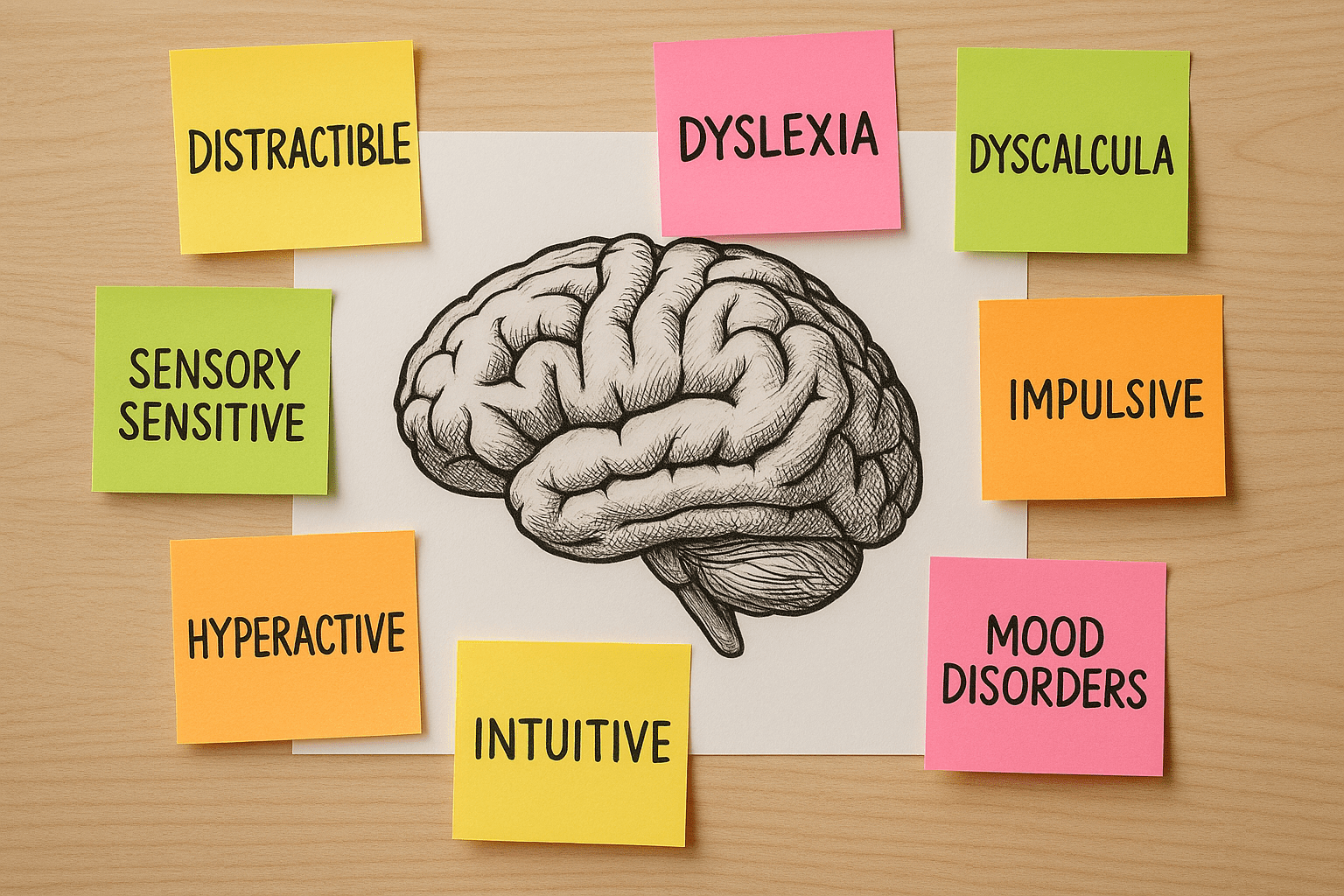It started with me Googling “Why do I hate phone calls but can write essays about my feelings?” And then, three hours later, I was deep in a Reddit thread where everyone seemed to have my brain. It was like being spotted in a crowd by a stranger who just gets you. No test. No doctor. Just vibes, and a growing suspicion that maybe, just maybe, I’m not neurotypical.
Why self-identification is rising among neurodiverse adults
Let’s be honest. Getting an official diagnosis for anything brain-related is like trying to get a unicorn to sign your medical forms. Appointments are backed up for years. GPs are still clinging to stereotypes from the 90s. And if you’re not a white, hyperactive 10-year-old boy? Good luck.
So what do we do instead? We do what neurodivergent people do best. We research. We self-assess. We watch TikToks and join forums. We piece together symptoms like we’re solving a mystery. And in many cases, we land on a label that finally explains everything. That moment of clarity is powerful.
The power and pitfalls of self-diagnosing
Identifying as neurodivergent without a doctor’s note has real pros. It validates your experience. It helps you find community. It gives you a framework for understanding your needs. For many of us, it’s the first time we stop blaming ourselves for struggling with “simple” tasks.

But let’s not pretend it’s risk-free. Without proper context, self-diagnosing can lead to mislabeling or missing other conditions. It can also be dismissed by others, including employers or healthcare professionals. And some people weaponise it as a trend, which hurts those genuinely seeking understanding.
Why formal diagnosis is still so hard to access
One reason is bias. Traditional assessments weren’t designed for adults, especially women, non-binary folk or people of colour. The criteria are outdated, and practitioners often lack training in adult neurodivergence.
There’s also a cost barrier. Private assessments can cost over £1,000. Public pathways involve long waiting lists and gatekeeping. It’s no wonder people feel like they’re forced to choose between years of waiting or going it alone.
What does self-identification actually mean?
Quick note on language: Neurodiverse describes a group that includes different types of brains – both neurotypical and neurodivergent. Neurodivergent refers to individuals whose brains work differently from the dominant norm. So, one person can be neurodivergent, but a group can be neurodiverse.
It means listening to your lived experience. It means finding labels that feel more like home than diagnosis codes. It means choosing language that honours how your brain works, not how it “should.”
Self-identifying isn’t about pretending to be something you’re not. It’s about understanding what you are, in a world that doesn’t always offer clarity. It’s radical honesty in the face of systemic denial.
Is it the right thing to do?
That depends. If self-identifying helps you advocate for accommodations, join supportive spaces, or just be kinder to yourself? That’s a win.
If it becomes a way to avoid deeper issues or dismiss other diagnoses, it might be time to pause and reflect. No identity should be a mask. It should be a mirror.
How to self-identify responsibly
Start with high-quality resources. Look at sites like ADDitude or NeuroClastic. Take peer-reviewed quizzes, not just ones that tell you which Disney character has ADHD.
Journal your experiences. Talk to people who’ve been there. And be open to the idea that your label might evolve. Neurodivergence is a spectrum, not a fixed destination.
What comes after self-identification?
Community. Accommodation. Self-advocacy. Maybe therapy. Maybe medication. Maybe nothing formal at all. Just living more aligned with your brain.

You don’t need a diagnosis to start setting boundaries. You don’t need permission to unmask. You don’t need proof to rest when you’re burnt out.
And if you ever do seek a formal diagnosis, your self-awareness will help, not hinder.
Resources for neurodivergent self-identifiers
Have you ever felt different but couldn’t name why? What helped you understand your brain better?
*This image is AI-generated with prompts made by me and serve no educational purpose, it is only used to highlight certain aspects of this article.





This has got to be my favourite go to magazine for an always informative, interesting and relatable read. I am often enlightened and educated from most of the articles I read in The Mesij. The thing is I’m often busy and don’t allow myself that down time to read and I read at a snails pace. With the new ‘ let me read it to you feature ‘ I can do both. Keep busy with chosen article playing in the background or chill on sofa, close my weary eyes and simply listen. Thanks for the updated audio option, thanks for sharing and thanks for departing wisdom. love it!
Hot damn, so now I think I’m neurodivergent. I wasn’t completely aware of what the word meant 15 minutes ago. I’m reading this and realising, ooohhh, I do that. Oh that’s me. I’m a juggernaut!!!. Ok, I take tens mins time out to think about it. How do I fix this? , how do I fix me? I ask myself. Ok, I can. Follow the steps and tips, be more aware of my own actions and I will grow. I’m definitely up for that, I want to be a pleasure to be around and not a taxing tedious chore. I can change my social skills framework and be a better version of me. Starting work on better self today. Great reference, great article, great stuff!! Thanks